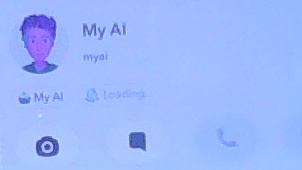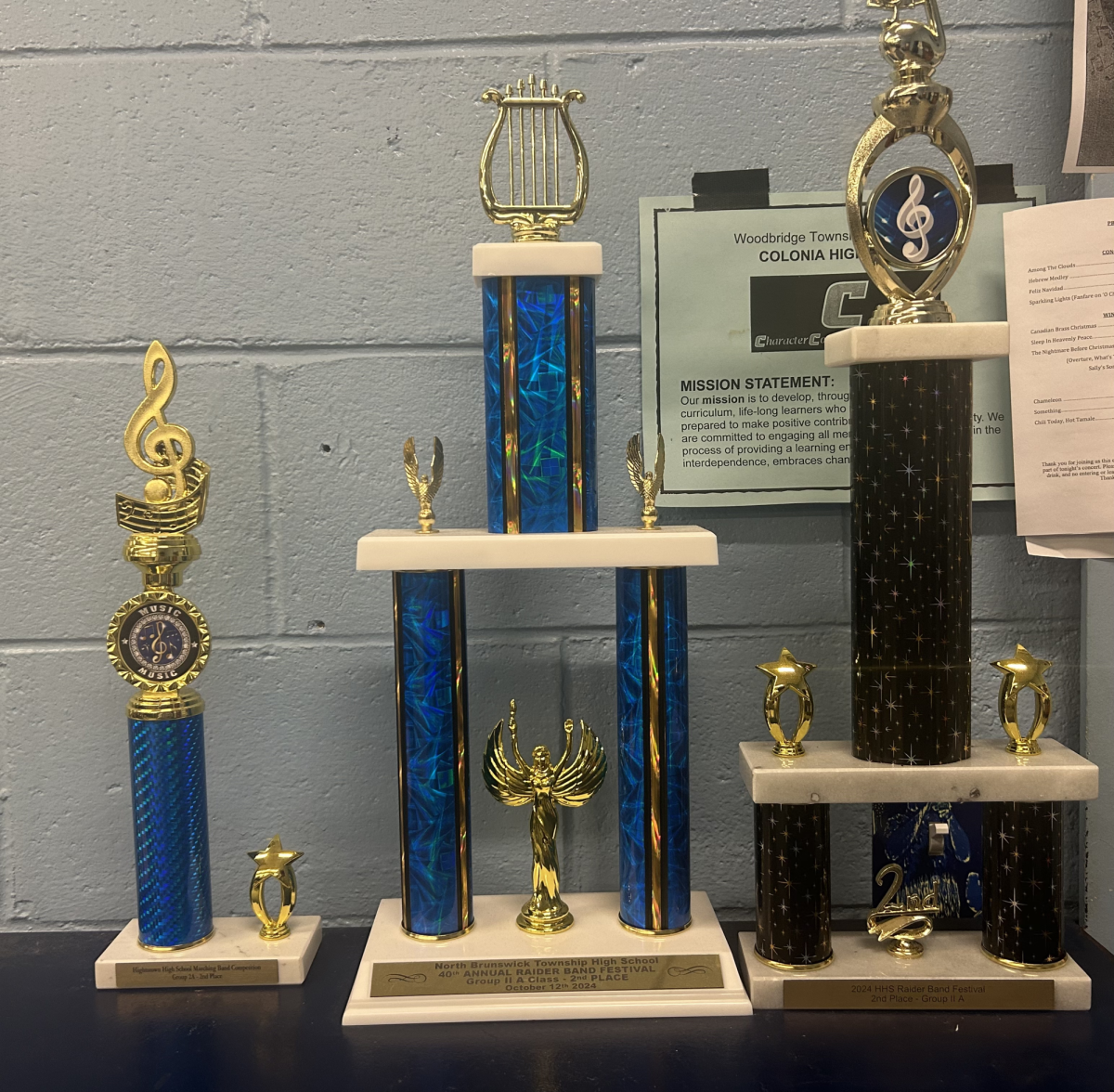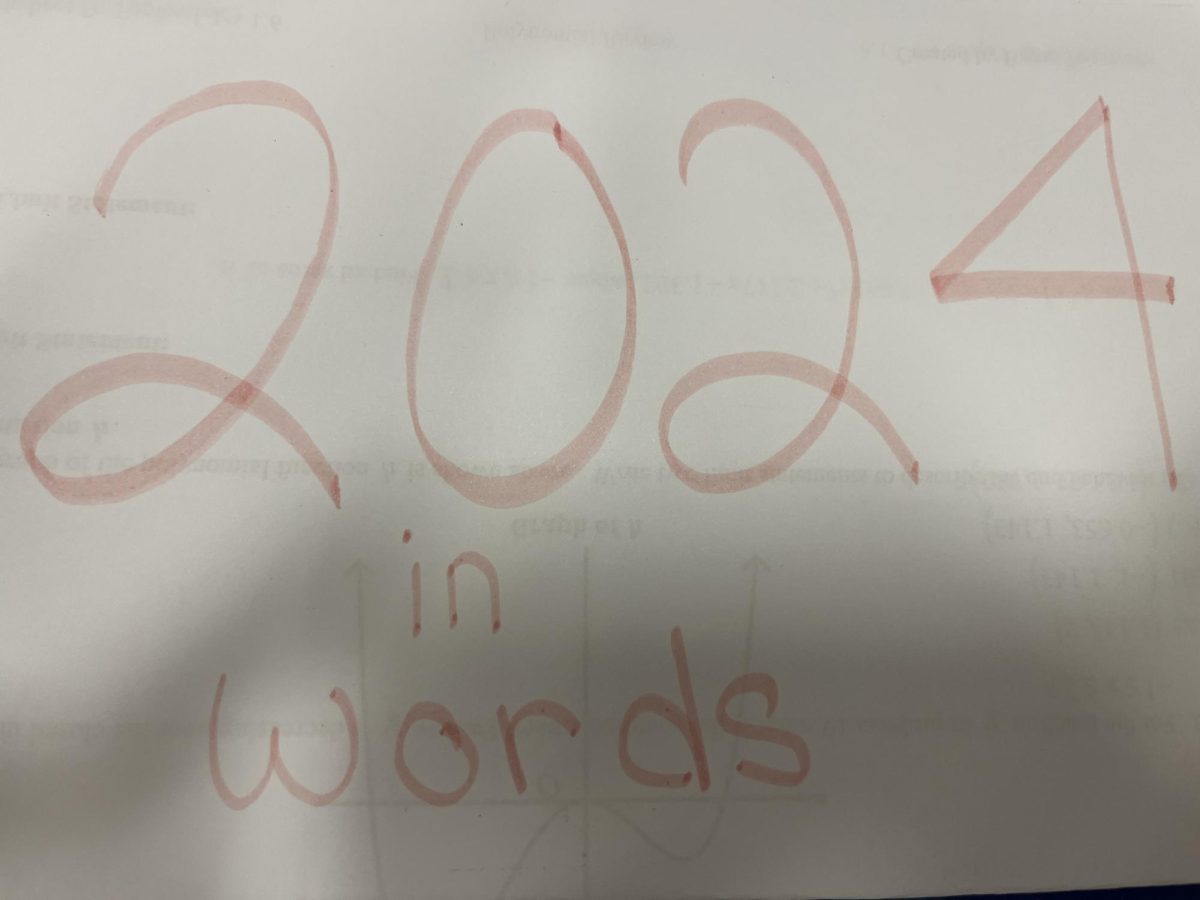The race in producing the greatest smartphone is never-ending for technology giants like Google, Samsung, and Apple.
Google Pixel 3 and Pixel 3 XL
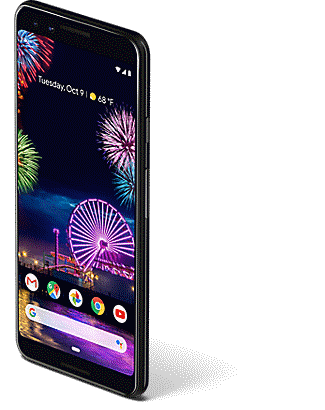
Google released two of its newest smartphones in October of 2018, the Pixel 3 and Pixel 3 XL. The only two noticeable differences between models are screen size and battery life. With a 6.3 inch 18.5:9 OLED display, the Pixel 3 XL has a 17% bigger battery than the Pixel 3 and has up to 32 hours of usage time. The Pixel 3 and its 5.5 inch 18:9 OLED display also has a reliable battery that will last up to 28 hours. Each of the latest Pixels has 4 GB of RAM for smooth performance, and come in 64 or 128 GB of storage. Unfortunately, Google did not equip these phones with a MicroSD card slot so the storage is non-expandable.
One of the most notable features of Google’s phones is the superior photo quality. Both phones come equipped with 12.2-megapixel, f/1.8 rear cameras, and 8-megapixel dual-lens front cameras. Users are able to capture true-to-color, detailed photos at any time of day(even in low light conditions) by utilizing the auto-HDR and Night Sight features. The Pixel is a great option for photography lovers using their phone as their camera.
Samsung Galaxy Note 9
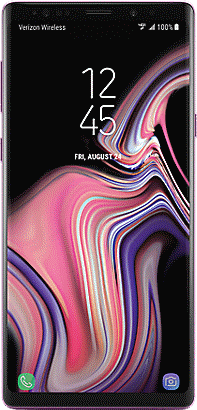
The Galaxy Note 9 is a great phone for businesses. Unlike Google, Samsung allows users to expand the storage of their devices with a MicroSD card slot. Samsung included a newer version of their S Pen with the Note 9. Users can use it to draw, write, or jot down notes as they desire with the sleek pen. However, the S Pen can do much more than any other stylus pen because it has Bluetooth capabilities. Users can use it to take photos or control a presentation from up to 30 feet away from the phone.
Compared to other Android phones, the battery life on the Note 9 is excellent. Depending on what the phone is being used for, the battery can last up to 40 hours. This phone continues to utilize Samsung’s Infinity Display with its edge-to-edge screen. The camera is also noteworthy. It automatically adjusts the white balance in photos and can switch between f/1.5 and f/2.4 apertures to accommodate different light conditions. Samsung’s Galaxy Note 9 is a high-performance phone but it also has a high price tag, starting at 1,000 dollars, so buyers must decide for themselves if they are willing to shell out the money for the Note 9.
Apple iPhone XR and XS
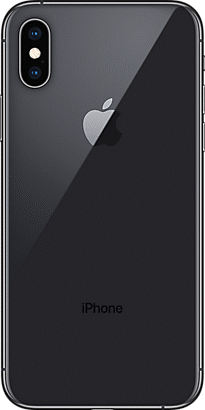
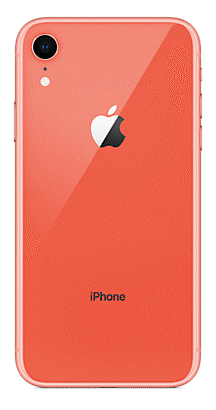
In 2018, Apple released three new iPhones: the iPhone XR, iPhone XS, and iPhone XS Max. Besides the size of the XS Max, the most striking difference in the devices is their starting price points. The XS will set you back 1,000 dollars for the 64 GB model ($1,099 for the XS Max) while the XR of the same storage is more aptly priced at 750 dollars.
So, what makes the XS worth the extra $250? Nothing. Verizon users voiced their dissatisfaction with the speed and battery life of the pricey phone. Apple claims that the XS has up to 12 hours of usage time which is obsolete compared to 21 hours for the older 8 plus model, and 25 hours on the XR. There is only one advantage that the XS has over the XR, and that is the camera.
Under IEC standards, the XS and XS Max have an IP68 rating, meaning it can withstand two meters of water for thirty minutes. The XR has an IP67 rating, and can only be submerged in one meter of water for thirty minutes. If this is something that will impact your daily life, then go for the XS. If not, opt for the XR. Or just skip Apple altogether because they surely missed the mark this year.





